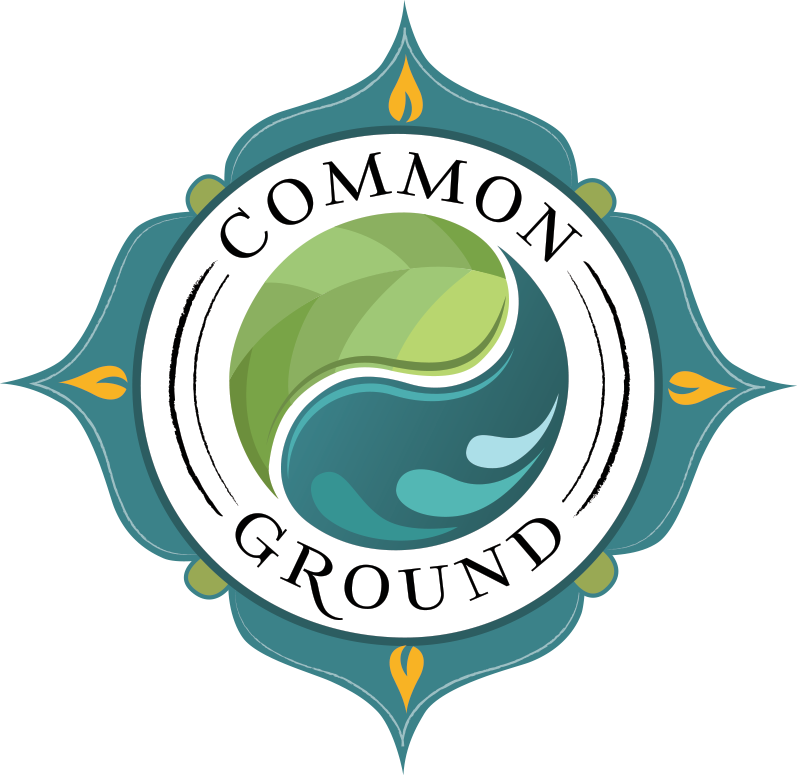How Does Acupuncture Work?
First of All: What is Acupuncture?
Acupuncture is one part of Chinese Medicine, a system of healing devised over the past 5,000 years in China. Other components of Chinese Medicine include meditation, qigong, herbal therapy, dietary therapy, massage, and manual therapies such as cupping and moxibustion. The most well known modality is, of course, acupuncture. The earliest acupuncture ‘needles’ unearthed by archeologists date back to 1700 BC and were made of stone.
Based on thousands of years of empirical data, acupuncture points have been identified along pathways of energy that run throughout the body. If there is congestion or weakness anywhere along these pathways, a feeling of dis-ease can result, and if left untreated, can develop into major illness or pain. By stimulating acupuncture points, congestion can be disseminated and areas of weakness will gain more nourishment. Once the proper flow of energy is reestablished, health and well being will ensue.
Understanding Energetic Medicine: The Body as a River
Descriptions of acupuncture and herbal medicine are often best understood by using metaphor. The pathways of energy that run through the body can be likened to rivers flowing through a landscape.
When the flow of this river is unimpeded and the water level is normal, then farmland is properly nourished and waste is carried away. If there is excessive rain, which is called dampness in Chinese Medicine, the river overflows causing fluid accumulation in areas that don’t normally have fluid. Examples of this in the body can be abdominal bloating, edema, a feeling of heaviness, or symptoms that are worse in rainy weather.
If there is a blockage along the river, such as an accumulation of sticks or debris, this causes a buildup of water that congests the surrounding area creating excess pressure. This can be likened to pain in the body, where a muscle spasms or an acute trauma causes local inflammation and swelling.
If the land is suffering from drought, then not enough water is available to nourish the farmland and it suffers from malnutrition. In the body, lack of good blood flow or proper nutrition causes tissues to suffer, resulting in possible memory troubles, sleep problems, fatigue and weakness.
Chinese Medicine has numerous modalities that effectively remove blockages, drain off excess accumulations, and nourish vital body substances to treat the root causes of health imbalances. Acupuncture in particular excels at removing blockages that lead to energetic congestion, helping to relieve pain and inflammation, improve mental health and energy, and reset the sleep cycle.
Acupuncture Needles: Are They Painful?
Acupuncture involves the insertion of very fine needles, about the size of an eyelash, into very specific points on the body. Depending on the patient and the condition being treated, the number of needles inserted varies. The procedure is usually quite painless, although there is generally some sensation involved. One can expect a tingling or warm sensation at the site of the needle, followed by a deep sense of relaxation. Acupuncture points are used in combinations to create balance in the body.
What Does Acupuncture Do?
Acupuncture is a powerful medicine which prevents disease, controls pain, strengthens the immune system and increases both the function and quality of peoples’ lives. Even if you are not ill, acupuncture can alleviate minor concerns and prevent diseases from developing.
Acupuncture helps relax muscles and promote blood circulation in areas of stress, tension, and pain.
It stimulates the release of natural opiates in the body which relieve pain, enhance mood, and reduce stress.
It improves hormonal balance, reduces inappropriate inflammatory responses in the body, and improves digestive function, which helps the body to assimilate necessary nutrients.
It has an influence on the nervous system as recent studies using MRI (magnetic resonance imaging) show an immediate change in brain activity in patients receiving acupuncture.
All of these effects combined make it possible for acupuncture to treat a wide range of complaints without negative side effects or interactions.



